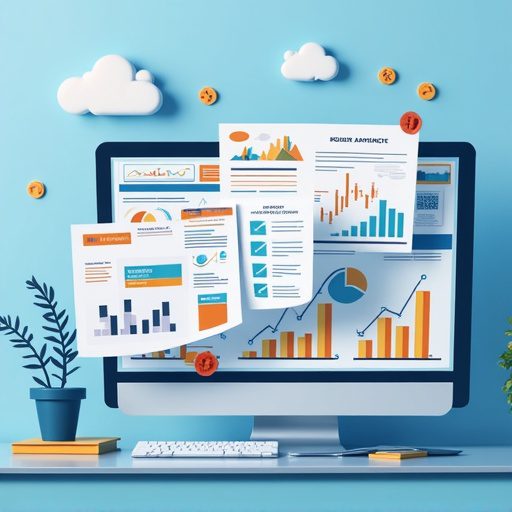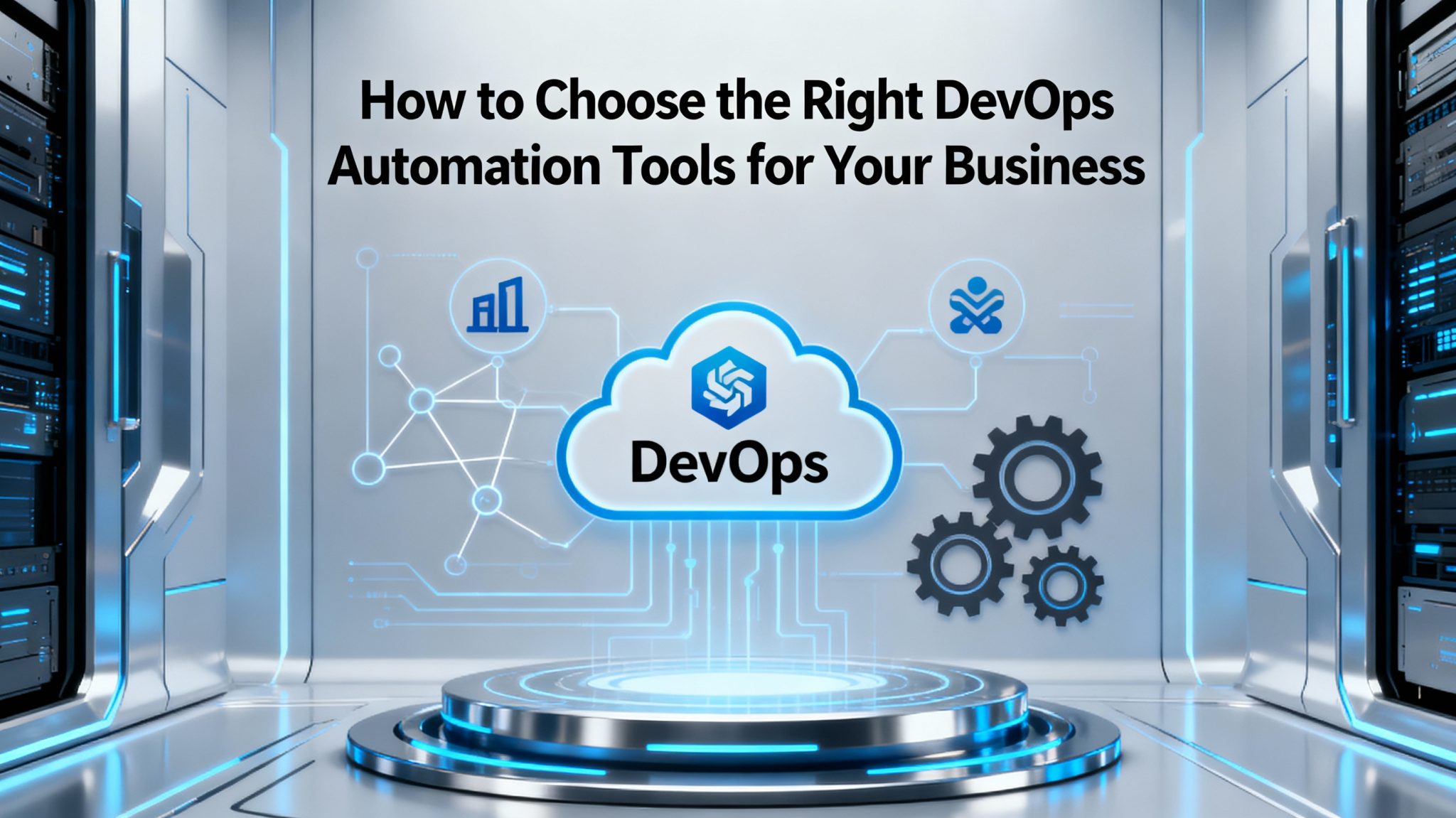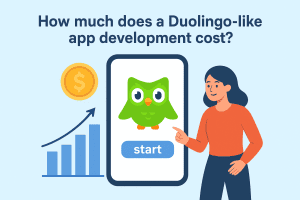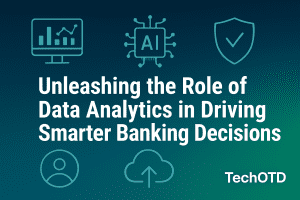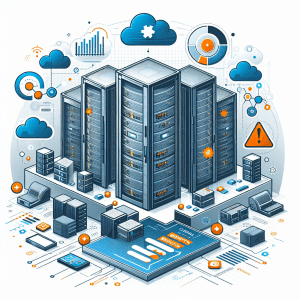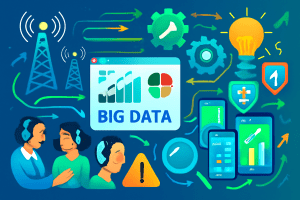Introduction
In the digital age, data is often referred to as the “new oil.” Organizations generate massive amounts of information every second—from customer interactions and financial transactions to supply chain processes and social media engagements. Harnessing this data is no longer optional; it is a necessity for survival and growth.
Two of the most powerful approaches to data-driven decision-making are Business Intelligence (BI) and Business Analytics (BA). While both aim to improve decision-making, they differ in purpose, methodology, and outcomes.
Data Analytics in Banking: Transforming Finance in 2025
This blog explores the differences between Business Intelligence and Business Analytics, compares their strengths, highlights use-cases across industries, and helps you decide which approach—or combination—is the best fit for your organization.
What is Business Intelligence (BI)?
Business Intelligence refers to a set of processes, architectures, and technologies that transform raw data into meaningful insights. It is largely descriptive in nature, focusing on understanding what has happened and what is happening now.
BI enables organizations to track KPIs, visualize performance, and monitor trends in real time. Instead of predicting the future, BI provides visibility into the present and past to improve operational efficiency.
Key Features of Business Intelligence
-
Data Warehousing & ETL (Extract, Transform, Load) → Ensures accurate, cleansed, and integrated data.
-
Real-time dashboards → Easy-to-understand visualizations for quick insights.
-
Standardized reporting → Ensures consistent reporting across departments.
-
KPI monitoring → Tracks revenue, sales performance, employee productivity, etc.
-
Alerts & anomaly detection → Flags unusual changes in data trends.
Example: Retailers use BI dashboards to monitor daily sales, store performance, and inventory levels in real time.
What is Business Analytics (BA)?
Business Analytics goes a step beyond BI. Instead of just describing “what happened,” BA seeks to answer why it happened and what might happen in the future.
It relies on advanced techniques like statistical modeling, predictive analytics, machine learning, and AI. Business Analytics is diagnostic, predictive, and prescriptive, helping organizations make strategic and tactical decisions.
Key Features of Business Analytics
-
Predictive Analytics & Forecasting → Estimate sales trends, demand, or customer churn.
-
Data Mining & Pattern Recognition → Discover hidden trends in customer behavior.
-
Machine Learning & AI Integration → Automate decision-making through intelligent systems.
-
What-if Scenario Analysis → Simulate multiple strategies before implementation.
-
Root Cause Analysis → Understand the “why” behind business challenges.
Example: Banks use BA models to detect fraudulent transactions and predict loan defaults.
Business Intelligence vs Business Analytics: Side-by-Side Comparison
| Aspect | Business Intelligence (BI) | Business Analytics (BA) |
|---|---|---|
| Focus | Descriptive (What happened?) | Predictive & Prescriptive (Why & What Next?) |
| Data | Historical & current operational data | Historical, current, and external datasets |
| Questions Addressed | “What is happening?” | “Why is it happening? What will happen?” |
| Tools | Dashboards, Data Warehouses, Reporting Tools | Statistical Models, ML Frameworks, AI Platforms |
| Users | Business users, Managers, Analysts | Data Scientists, Advanced Analysts |
| Purpose | Monitoring & Reporting | Forecasting, Optimization & Strategy |
When to Choose Business Intelligence
Choose BI if:
-
You need real-time operational visibility.
-
You want standardized reports and KPIs for decision-making.
-
Your goal is to improve daily operations and efficiency.
-
You need user-friendly dashboards accessible by all employees.
Example: A logistics company monitoring daily shipment tracking.
When to Choose Business Analytics
Choose BA if:
-
You need predictive insights into market trends and customer behavior.
-
You want to simulate business scenarios before investing resources.
-
You are ready to invest in data science talent and advanced tools.
-
You aim for long-term strategy and competitive advantage.
Example: An eCommerce business predicting which products will trend next season.
Industry Applications of BI and BA
-
Retail → BI for sales dashboards, BA for demand forecasting.
-
Healthcare → BI for patient records monitoring, BA for predicting disease outbreaks.
-
Finance → BI for compliance reports, BA for fraud detection.
-
Manufacturing → BI for production tracking, BA for predictive maintenance.
-
E-Commerce → BI for order fulfillment tracking, BA for personalized recommendations.
Challenges in BI and BA Implementation
-
Data Silos: Information scattered across departments.
-
High Costs: Investment in infrastructure, talent, and tools.
-
Change Management: Employees may resist adopting new systems.
-
Data Privacy & Compliance: GDPR, HIPAA, etc.
-
Skill Gaps: BI requires analysts; BA requires data scientists.
Future Trends in BI and BA
-
AI-Driven Automation → BI dashboards enhanced with automated recommendations.
-
Natural Language Processing (NLP) → Ask data questions in plain English.
-
Cloud BI/BA → Cost-effective, scalable solutions.
-
Blockchain in Analytics → Data authenticity and secure sharing.
-
Embedded Analytics → Integrating BI/BA directly into business apps (CRM, ERP).
ROI Analysis: BI vs BA
-
BI ROI → Immediate efficiency gains, reduced reporting time, faster decisions.
-
BA ROI → Long-term revenue growth, reduced risks, improved strategic planning.
How TechOTD Supports BI & BA Needs
-
BI Solutions: Data warehousing, dashboards, KPI tracking.
-
BA Solutions: Predictive analytics, ML models, AI integration.
-
Cloud Infrastructure: Secure, scalable, and cost-effective.
-
Industry Expertise: eCommerce, finance, healthcare, and more.
Conclusion
The choice between Business Intelligence and Business Analytics depends on your organization’s maturity, goals, and resources.
-
If your focus is operational reporting and monitoring, BI is the way to go.
-
If you want to predict future outcomes and drive innovation, BA is essential.
-
The most successful organizations combine both BI and BA to build a full-fledged data-driven culture.
Partnering with an expert like TechOTD ensures you have the right mix of strategy, technology, and execution.
Ready to take your business forward? Connect with TechOTD today to implement a tailored BI & BA solution for competitive advantage.
FAQ
Q1. Can a company use both BI and BA?
Yes. BI ensures operational efficiency while BA drives strategic foresight. Together they provide a 360° view.
Q2. Do small businesses also need BI/BA?
Absolutely. Even startups benefit from simple BI dashboards or predictive sales analytics.
Q3. What skills are needed for BA?
Statistical analysis, programming (Python/R), data visualization, and ML frameworks.
Q4. How long does BI or BA implementation take?
3–12 months depending on scale, data quality, and tools used.
Q5. What are the most popular BI tools?
Power BI, Tableau, QlikView, Looker.
Q6. What are the most popular BA tools?
R, Python, SAS, Apache Spark, TensorFlow.
Q7. How secure is data in BI and BA?
With encryption, access controls, and compliance audits, data can be managed securely.
